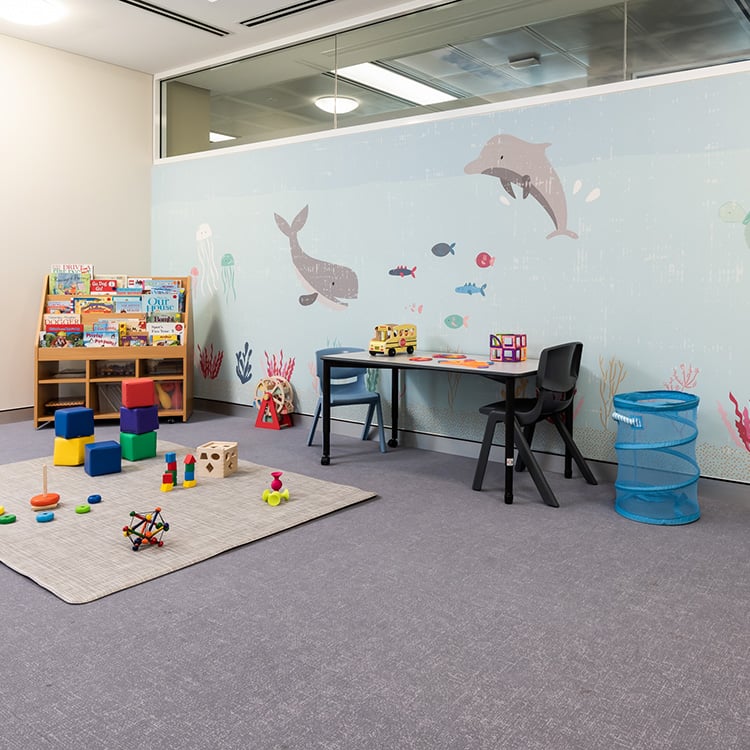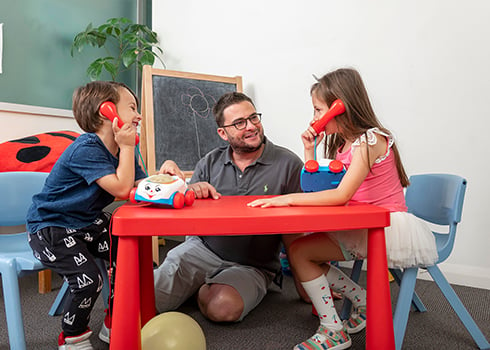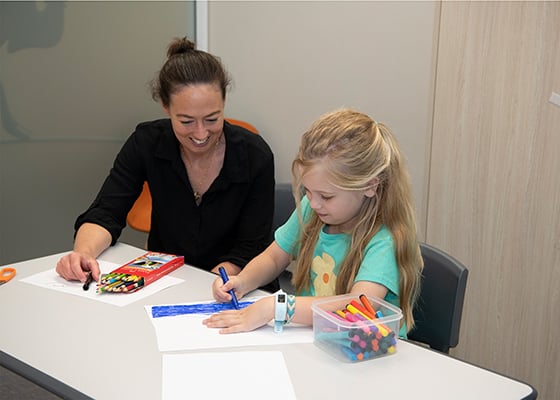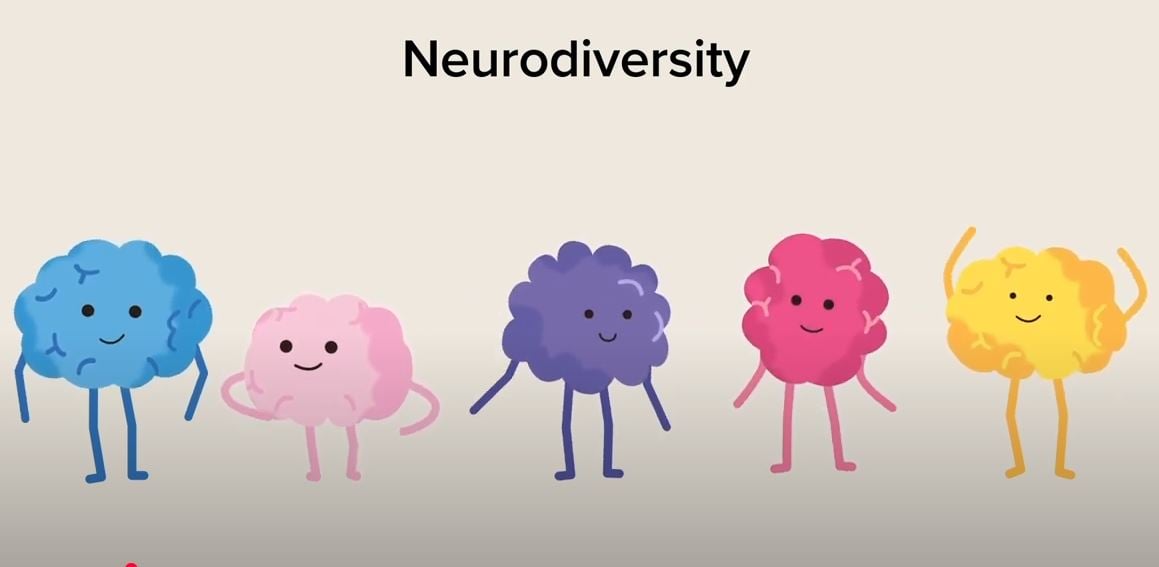Search

Creche services are available for families to use at CliniKids.

One of the unique aspects of CliniKids is the integration of clinical services with cutting-edge research. Our exceptional team of researchers work in collaboration with our clinicians to give the community access to the world's best evidence-based therapies.

News & Events
Augmentative and alternative communicationIn this new blog, Senior Speech Pathologist Marisa Di Lorenzo discusses Augmentative and Alternative Communication and how it supports every individual’s access to the basic right of communication.

News & Events
Play time!In this blog, Therapy Assistant and JASPER Practitioner Storme-Louisa Will offers some tips for promoting authentic and enjoyable play.

News & Events
Telehealth can support families with their goalsIn this blog, Speech Pathology Clinical Lead Aria May looks at telehealth and how it can support children and families with their therapy goals.

News & Events
Neuroaffirming languageThe language we use shifts over time and the words we use are important. At CliniKids, we are committed to using language that is neuroaffirming and preferred by the autistic community.

News & Events
School transitionsWe know that school transitions can be difficult for most children, but even more so for autistic children, who may need some extra support.

News & Events
Neurodiverse brainsNeurodiversity awareness is about raising understanding that there are many different ways that people think, learn, process and interact with the world.

News & Events
New staff - JoondalupThere’s a couple of new faces at our Joondalup clinic! Mikali is a Speech Pathologist and Katie is an Occupational Therapist. Both are taking on new clients.

News & Events
Congratulations Andrew!Congratulations to CliniKids Director Professor Andrew Whitehouse on his recent nomination for WA's Australian of the Year Award.
